21 Classic Sweet Pastries from North America’s Rich Heritage
North American sweet pastries represent a delightful culinary journey through generations of baking traditions.
These beloved treats carry rich stories from diverse cultural backgrounds and family kitchens.
Regional influences have shaped their distinctive textures and flavor profiles over decades.
Skilled bakers transform simple ingredients into remarkable confections that spark memories and comfort the soul.
Passionate home cooks and professional pastry artists continue refining these time-honored recipes with creative twists.
Each pastry tells a unique narrative of migration, adaptation, and shared culinary heritage.
Regional nuances and local ingredients contribute to their extraordinary appeal and unmistakable charm.
You won't want to miss these 21 classic North American sweet pastries that celebrate deliciousness:
Classic North American Sweet Pastries for Every Table
North American pastries fill bakeries with the scent of cinnamon, maple, and fruit. These time-tested favorites make mornings and dessert hours extra special.
Cinnamon Rolls
Cinnamon rolls are signature American pastries known for their massive size and incredibly soft, pillowy dough made from yeasted bread.
Bakers roll the dough into a wide rectangle, generously spread it with butter, and coat it with a sweet cinnamon-sugar mixture before rolling into a tight log.
Each roll is carefully sliced and packed closely together on a baking tray, creating a warm, interconnected treat when baked.
Hot from the oven, these rolls traditionally receive a generous coating of powdered sugar icing or rich cream cheese frosting.
Variations might include nuts like macadamia or raisins mixed into the filling for extra texture and flavor.
Home bakers and professional bakeries alike love creating these sweet breakfast treats that originated in Northern European immigrant communities.
Soft, warm cinnamon rolls have become a beloved American breakfast and brunch staple across the country.
Their irresistible aroma and sweet, spicy flavor make them a comfort food favorite for many.
Quesito
Quesitos are Puerto Rican cream cheese pastries crafted with a flaky dough wrapped into a cigar-like shape and stuffed with sweetened cream cheese and fruit preserves.
Puerto Rican bakeries specialize in creating these golden-brown treats that feature a crispy exterior and soft, creamy interior.
Street vendors and local shops sell these popular pastries across the island as a quick breakfast or snack option.
Bakers carefully roll thin dough and fill it with rich cream cheese mixture before glazing and baking until perfectly golden.
Traditional versions often include guava or pineapple preserves mixed into the cheese filling.
Families and friends enjoy quesitos with hot coffee during morning gatherings.
Small bakeries compete to create the most delicious version of this beloved Puerto Rican pastry.
Generations have passed down recipes that make quesitos a cherished island tradition.
Philadelphia Sticky Buns
Sticky buns are classic Philadelphia pastries originating from German shnecken, featuring a luxurious brioche-like texture with crispy exterior and tender interior.
German and English immigrants introduced these sweet rolls in the 18th century, transforming traditional European baking techniques.
Bakers carefully craft the pastry using milk, yeast, flour, eggs, and butter, creating a complex dough that rises twice during preparation.
Brown sugar, cinnamon, raisins, and walnuts create rich layers of flavor between soft pastry folds.
Salt and sugar balance the sweet and savory elements, ensuring a perfect taste profile.
Raisins add natural sweetness and texture to each bite.
Walnuts provide a satisfying crunch that complements the soft dough.
Mastering these buns requires patience and precise baking skills to achieve the perfect consistency.
Beignets
Beignets are pillowy squares of deep-fried pastry dough originating from France and deeply rooted in Louisiana's culinary landscape.
French settlers introduced these sugary treats to Acadia in Canada during the 17th century before Acadians migrated to Louisiana.
Powdered sugar generously coats the crisp, golden pastry, creating a sweet and light dessert.
New Orleans embraced beignets so completely that the state officially declared them its state donut in 1986.
Cafe Du Monde, a famous restaurant in the French Quarter, popularized these treats and serves them alongside rich cafe au lait or chocolate milk.
Traditionally enjoyed hot, beignets offer a crisp exterior and soft interior that melts in you mouth.
Their cultural significance spans centuries, connecting French and Louisiana cuisines.
Beignets represent a delicious testament to culinary migration and cultural preservation.
Jamaican Patty
Jamaican meat patties are golden-crusted pastries bursting with spicy, aromatic fillings that reflect Jamaica's rich cultural culinary heritage.
Turmeric-coated and shaped like half-moons, these patties blend English meat pie traditions with African and Indian flavor influences.
Ground beef mingles with breadcrumbs and a complex spice blend including thyme, onions, garlic, and fiery Scotch bonnet chilis.
Curry powder adds an extra layer of warmth and depth to the filling.
Street vendors and home cooks across Jamaica prepare these handheld meals as quick snacks or substantial main courses.
Spanish pasteles and British meat pie techniques inspired their original design.
Each patty represents a delicious fusion of international cooking styles transformed by Caribbean creativity.
Jamaicans have perfected this portable, flavor-packed pastry that satisfies hunger and celebrates multicultural culinary traditions.
Malasadas
Malasadas are pillowy Portuguese doughnuts originating from the Azores, featuring a rich yeast-based dough made with eggs, flour, sugar, and milk.
Portuguese laborers introduced these sweet treats to Hawaii in the 19th century while working on plantations, transforming the traditional recipe.
Immigrants originally prepared malasadas to consume excess sugar and lard before Lent, creating a delicious solution to kitchen surplus.
Classic Portuguese versions lack fillings and holes, while Hawaiian adaptations often include creative stuffings and toppings.
Traditionally coated with cinnamon or granulated sugar, these fluffy pastries offer a simple yet satisfying texture.
Hawaii embraced malasadas, making them a beloved island street food and cultural culinary treasure.
Bakeries and food trucks across the islands now serve these golden-fried delights to locals and tourists.
Sweet, light, and irresistibly warm, malasadas continue to delight taste buds with their unique cultural heritage.
Beaver Tails
Beaver tails are signature Canadian deep-fried pastries shaped like beaver tails and stretched by hand from whole wheat flour dough.
Originating from early farm traditions, these sweet treats emerged from excess dough recipes pioneered in Canadian and American agricultural communities.
Grant Hooker's family developed the commercial recipe in 1978, transforming a rustic farm dessert into a popular street food.
Float-cooked in canola oil, beaver tails feature a crispy exterior with soft interior textures.
Butter and multiple sweet toppings cover the thin, flat pastry after frying.
Each pastry reflects Canada's culinary heritage and national animal symbolism.
Vendors often serve them at festivals, outdoor markets, and winter carnivals.
Canadians consider beaver tails a nostalgic comfort food with deep cultural roots.
Apple Cider Doughnut
Apple cider doughnuts spark autumn nostalgia with their rich, spiced flavor profile from New England's orchard traditions.
Bakeries and farmers' markets across the East Coast feature these seasonal treats during fall festivals and apple-picking adventures.
Crafted with fresh apple cider blended into soft dough, these circular pastries receive a generous coating of cinnamon, nutmeg, and sugar.
Modern recipes trace back to 1951 when DCA (Doughnut Company of America) first introduced this unique flavor variation.
Crisp exterior and tender interior make these doughnuts a beloved seasonal indulgence.
Warm spices complement the subtle apple essence that defines their distinctive taste.
Families and friends gather to enjoy these classic autumn snacks.
Orchard stands and local bakeries continue to celebrate this cherished regional specialty.
Doughnut
Doughnuts are sweet, deep-fried pastries with distinctive round shapes featuring center holes, originating from Dutch olykoeks brought to America by early settlers.
Soldiers during World War I popularized these treats as comfort food, connecting them deeply with American culture.
Native Americans potentially created early versions of fried dough desserts, though archaeological evidence remains incomplete.
Dutch pilgrims introduced original recipes using fruits like prunes and raisins inside dense dough.
Chains such as Krispy Kreme and Dunkin' Donuts emerged in the 1950s and 1960s, transforming doughnuts into mainstream breakfast options.
Mass production techniques made these circular pastries widely accessible across United States communities.
Variations now include countless flavors, fillings, and decorative toppings.
Modern doughnut shops continue innovating with creative recipes that honor traditional preparation methods.
Cronut
Cronuts are revolutionary pastry hybrids blending croissant and doughnut techniques into a single extraordinary dessert.
French pastry chef Dominique Ansel first created these innovative treats in his New York City bakery during 2013 after a customer challenged him about doughnut options.
Carefully crafted through complex layering techniques, cronuts feature flaky exterior pastry with a rich cream-filled interior.
Each pastry is carefully deep-fried to achieve perfect golden-brown crispness.
Sugary coatings and glazed toppings add extra sweetness and visual appeal.
Specialty cronuts have extremely limited availability, typically lasting only six hours after preparation.
Limited production and unique flavor combinations make these pastries highly sought after by dessert enthusiasts.
Culinary creativity transforms traditional baked goods into modern gastronomic experiences.
Wisconsin Kringle
Wisconsin kringle are oval-shaped Danish pastries with a rich immigrant heritage, characterized by ultra-thin, layered dough and sweet fillings.
Scandinavian settlers introduced these buttery treats to America in the mid-1800s, transforming their original pretzel shape into a distinctive oval.
Bakers carefully craft each kringle with approximately 30 delicate dough layers, ensuring maximum flakiness and texture.
Classic fillings include raspberries, pecans, and almonds, though modern variations feature apples, blueberries, cherries, and apricots.
Wisconsin officially recognized kringle as its state pastry, celebrating the dessert's cultural significance.
White icing typically adorns the pastry's golden-brown surface, adding visual appeal and sweetness.
Kringle represents a delicious connection between Danish baking traditions and Midwestern culinary innovation.
Each pastry tells a story of immigration, adaptation, and delicious cultural exchange.
Timbits
Timbits are signature Canadian mini doughnuts created by Tim Hortons as bite-sized pastry treats from leftover dough.
These small, round snacks come in multiple flavors like chocolate glazed, honey dip, blueberry, and fruit-filled varieties.
Deep-fried in vegetable oil, timbits became popular across North American fast food chains since the 1970s.
Original marketing campaigns highlighted their "Big in Taste" slogan, which quickly caught public attention.
Quebecers often call them "doughnut holes" or "trous de beignet" in French.
Tim Hortons pioneered these small doughnuts as a clever way to use excess pastry dough.
Each timbit offers a quick, satisfying sweet treat for snack lovers.
Customers can purchase them in assorted boxes or small quantities at restaurants nationwide.
Bear Claw
Bear claws are sweet pastry delights shaped like animal paws with a distinctive almond-filled curved design originating in the United States during the 1920s.
German-American bakeries first developed these flaky treats as a creative breakfast and dessert option.
Pastry chefs craft bear claws using classic ingredients like flour, butter, eggs, and milk for the dough.
Chopped almonds, egg whites, sugar, and almond extract create the signature filling that gives these pastries their rich flavor.
Bakery display cases often showcase these curved pastries with their signature split top resembling bear claws.
Sweet and nutty, bear claws provide a satisfying crunch with every bite.
Home bakers and professional pastry makers continue to enjoy creating these classic American breakfast sweets.
Crisp, buttery layers make bear claws a beloved morning indulgence across many regions.
Maple Bar Doughnut
Maple bars stand out as distinctive rectangular doughnuts from America's West Coast, sporting a signature sweet maple glaze that sets them apart from traditional round pastries.
California bakeries pioneered this unique doughnut style, creating a rectangular treat that quickly became a regional favorite.
Bakers craft these elongated pastries with a light, fluffy interior that can remain plain or be generously filled with smooth cream or rich custard.
West Coast bakeries and diners often feature maple bars as a beloved breakfast or snack option.
Regional bakeries take pride in perfecting the delicate balance of soft dough and sweet maple topping.
Traditional preparation involves carefully frying the dough to a golden brown before generously coating it with maple-flavored glaze.
Maple bars offer a delightful twist on classic doughnuts, combining simple ingredients with a unique shape.
Breakfast lovers and pastry enthusiasts continue to enjoy this iconic West Coast treat.
Pets De Surs
Pets de surs are French Canadian pastries with a humorous name that translates to "nun's farts" and resemble rolled cinnamon buns.
Originating in Quebec, these sweet treats feature a flaky pie crust dough spiraled with a rich mixture of brown sugar, butter, and cinnamon.
Bakers carefully roll the dough into a thin sheet before spreading the sweet filling across its surface.
Precise rolling creates multiple delicate layers that caramelize during baking.
Home kitchens and bakeries across Quebec traditionally prepare these pastries for family gatherings and special occasions.
Warm from the oven, pets de surs offer a crisp exterior with a gooey, spiced interior that melts in you mouth.
Canadian families often pass down the recipe through generations, preserving this unique regional dessert.
Small batches ensure maximum flavor and authentic texture.
Persians
Persian rolls are iconic Canadian pastries featuring a distinctive oval shape and signature pink berry-infused icing.
Bennett's Bakery in Thunder Bay, Ontario, first created these unique yeast-risen fried pastries during the mid-20th century.
Bakery staff develop the roll's soft, tender interior through careful frying techniques.
Raspberry or strawberry flavors define the bright pink glaze covering each pastry.
Bakers carefully craft these rolls using traditional yeast-based dough methods.
Regional popularity has grown steadily since their initial creation.
Thunder Bay residents consider the Persian a beloved local breakfast or snack option.
Canadian bakeries across Ontario now reproduce this regional specialty with pride.
Midwestern Orange Rolls
Midwestern orange rolls are sweet, citrus-infused pastries originating from American Midwest kitchens, featuring a soft yeast dough filled with zesty orange-butter mixture.
Distinctive from traditional cinnamon rolls, these breakfast and dessert treats blend flour, sugar, milk, eggs, and butter into a tender base.
Orange zest and sugar create a fragrant filling that gets rolled into soft dough and sliced into individual portions.
Bakers carefully spread each roll with a bright orange glaze made from powdered sugar and fresh orange juice.
Home bakers and families treasure these rolls as a beloved regional specialty that showcases Midwestern baking traditions.
Each roll delivers a perfect balance of sweet dough and tangy orange essence.
Warm from the oven, these rolls offer a comforting and aromatic experience that connects generations.
Southern Butter Rolls
Southern butter rolls are sweet spiraled pastries steeped in a rich milk-sugar sauce that transforms simple dough into an irresistible Southern comfort treat.
Originating in states like Virginia and Alabama, these rolls feature a classic combination of flour, butter, sugar, and warm spices like cinnamon or nutmeg.
Bakers carefully arrange the rolled dough in a wide pan, then pour a luxurious sauce of milk, sugar, and vanilla over the pastries before baking.
Cinnamon and nutmeg infuse the rolls with warm, aromatic flavors that complement the buttery, soft texture.
Regional variations might include slight tweaks to the spice blend or sauce ingredients.
Home bakers often serve these rolls piping hot directly from the oven, making them a perfect breakfast or dessert option.
Southern hospitality shines through in these simple yet decadent pastries that reflect generations of home cooking traditions.
The result is a sticky, sweet treat that melts in your mouth and warms your soul.
Kuchen
Kuchen stands as South Dakota's beloved state dessert, embodying German-Russian immigrant traditions through a rich custard-filled pastry with a thick, golden crust.
German settlers introduced this sweet delicacy to South Dakota in the late 19th century, creating a culinary legacy that blends European baking techniques with local ingredients.
Soft yeast dough serves as the foundation for a creamy custard made from eggs, sugar, and cream.
Bakers often enhance the pastry by topping it with seasonal fruits like apples, peaches, or cherries.
Regional variations showcase the dessert's versatility, allowing fruit and custard combinations that reflect local tastes.
Home bakers and restaurants across South Dakota continue to prepare kuchen using traditional methods passed down through generations.
State legislators officially recognized kuchen's cultural importance in 2000, cementing its status as a symbolic dessert.
Families and communities still enjoy kuchen as a breakfast treat or dessert, maintaining a delicious connection to their immigrant heritage.
Poutines A Trou
Poutines à trou are traditional New Brunswick pastries bursting with sweet fruit filling and a rich, buttery crust.
Local bakers roll tender dough into circles and carefully fill the center with a mix of chopped apples, plump raisins, and tart cranberries.
Each pastry gets folded and sealed, creating a half-moon shape that traps the fruity mixture inside.
Bakers then fry the pastries until they turn golden brown and crispy.
Home cooks often serve these treats warm, sometimes dusting them with powdered sugar for extra sweetness.
French Acadian communities have preserved this recipe for decades, passing it down through family recipes.
Poutines à trou represent a delicious slice of New Brunswick's culinary heritage.
Bunelos Manglo
Bunelos manglo are deep-fried Chamorro sweet dough fritters savored during Pacific typhoon seasons as emergency comfort food.
Storm-weary islanders create these triangle-shaped treats using simple pantry ingredients like flour, sugar, and coconut milk.
Quick preparation methods involve mixing dry ingredients with liquid components until a soft dough forms.
Island families traditionally fry the triangles in hot oil until they reach a crispy golden-brown exterior.
Each piece gets generously dusted with powdered sugar after cooking.
These quick donuts serve as both a practical snack and nostalgic reminder of community resilience.
Bunelos manglo symbolize resourcefulness in challenging island environments.
What Makes North American Sweet Pastries Unique Compared to European Desserts?
North American sweet pastries stand out with their bold flavors, generous portions, and creative fusion influences, offering a distinct contrast to traditional European desserts:

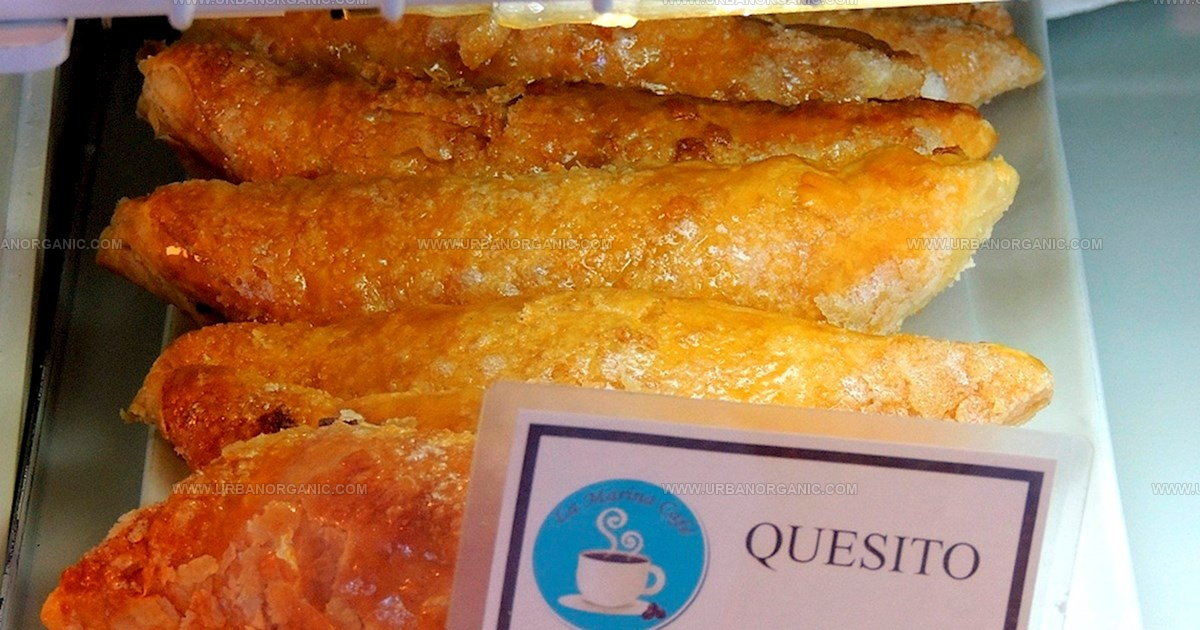
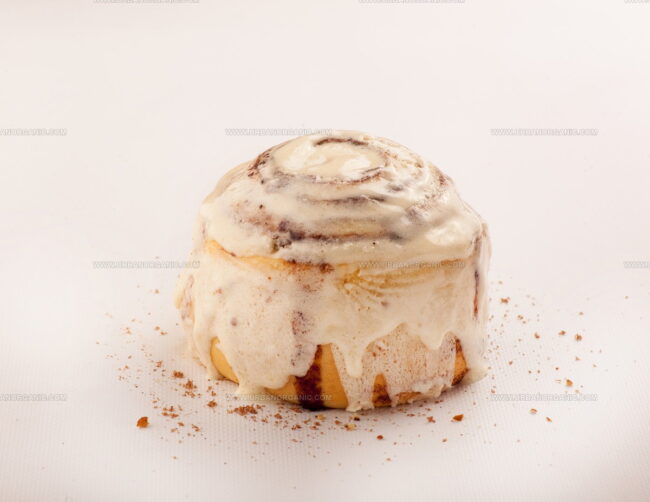
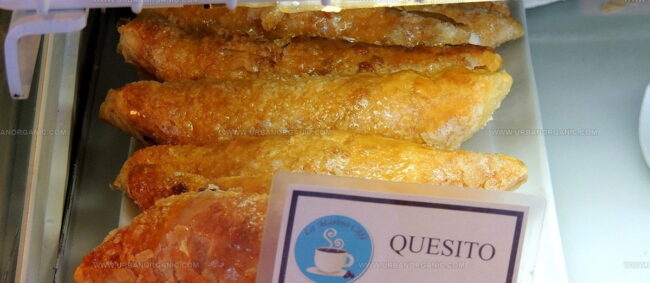
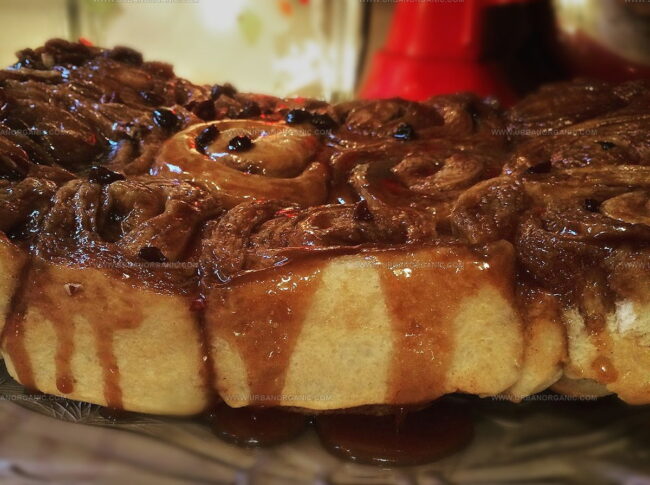
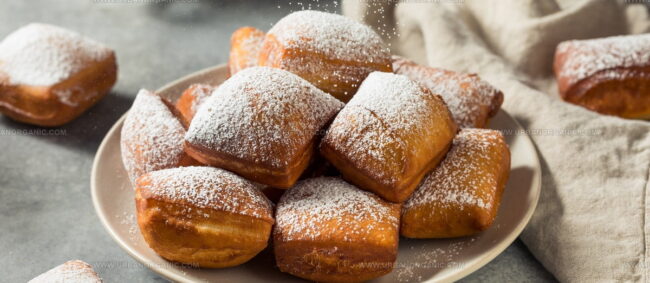
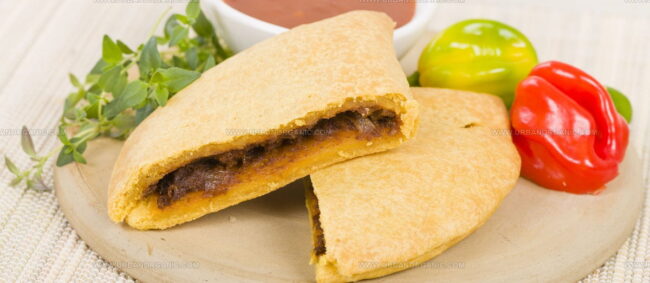
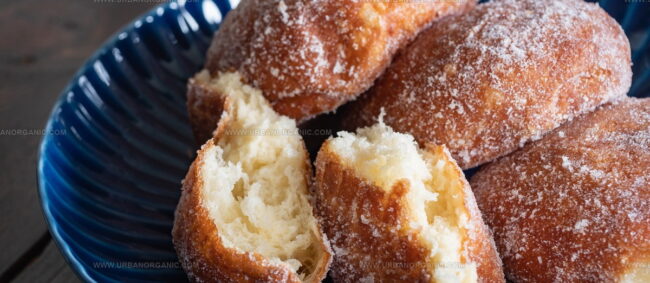
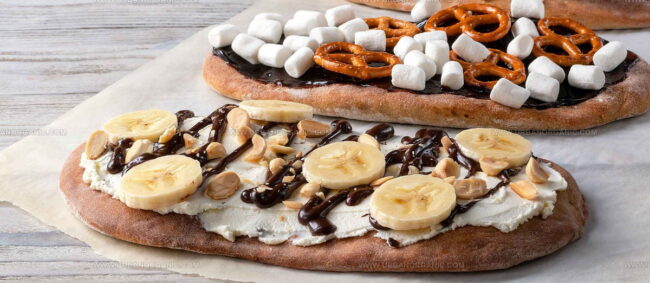
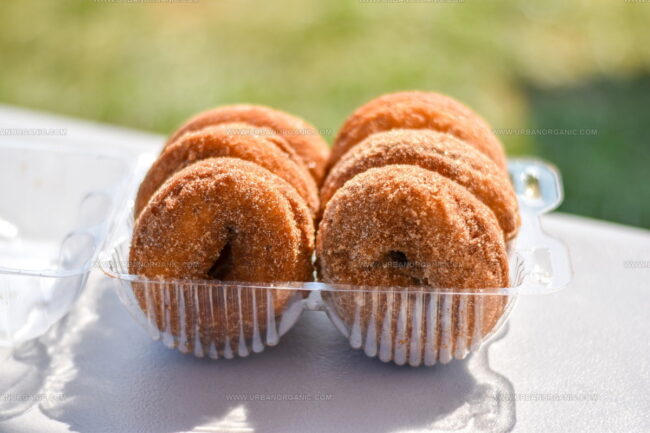
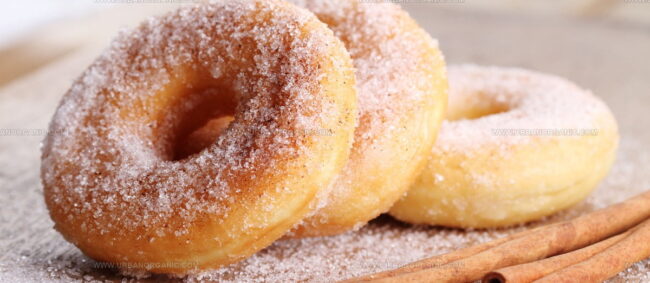
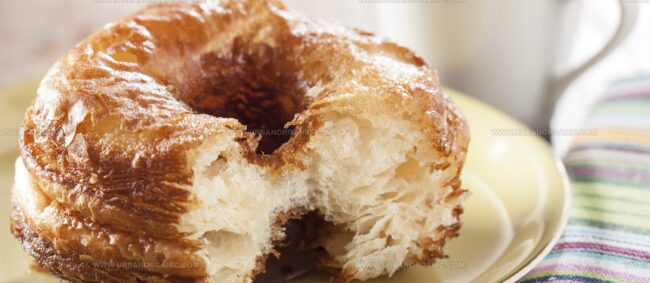
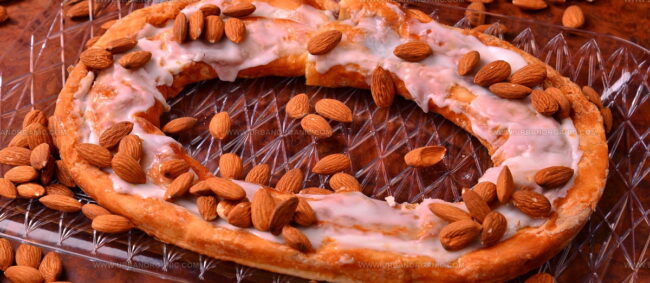
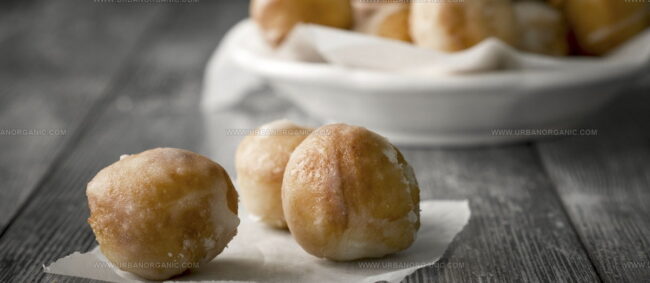
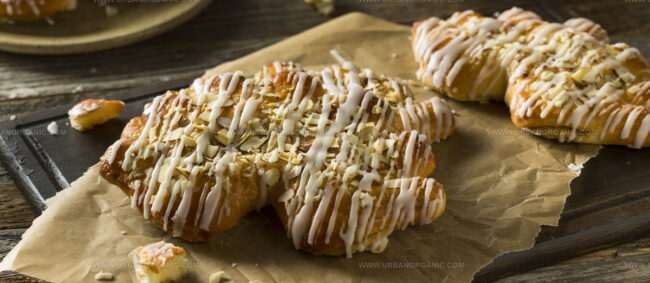

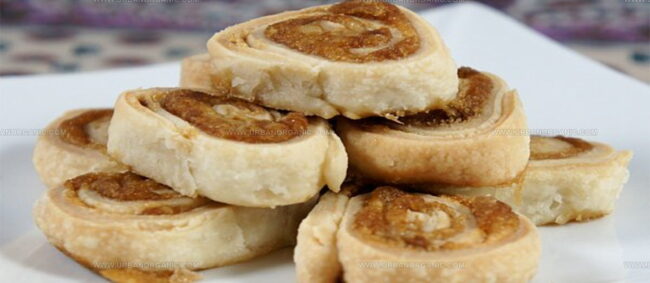
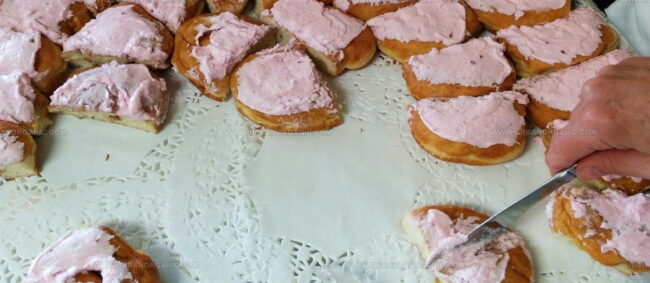
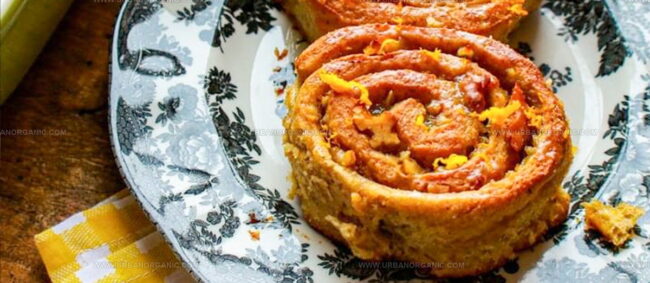
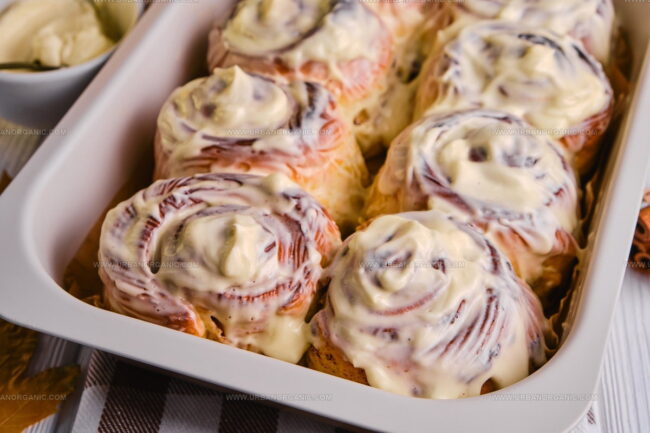
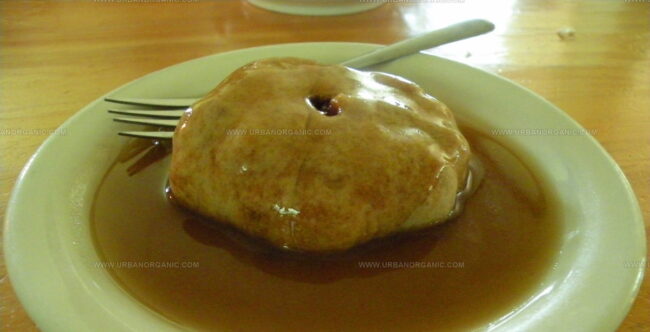
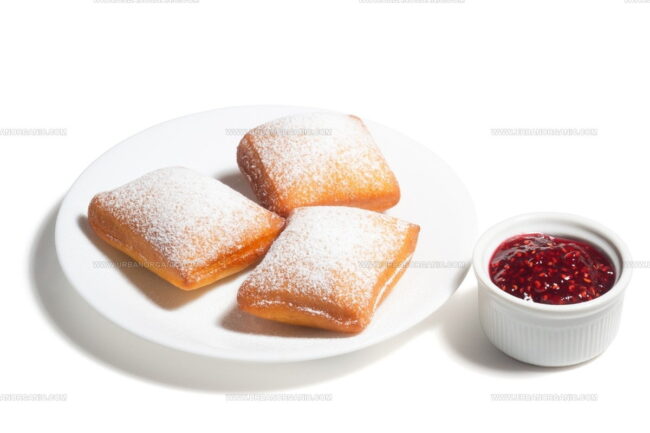
Jessica Martinez
Pastry Chef & Recipe Developer
Expertise
Organic Baking Techniques, Gluten-Free Recipe Development, Southwestern Dessert Specialties, Food Styling and Photography
Education
Santa Fe Community College (SFCC)
Jessica brings the sweet side to Urban Organic with her passion for baking and love for the Southwest. She trained at Santa Fe Community College and has built a career creating beautiful, gluten-free, and organic desserts that feel both nostalgic and new.
She believes baking should be fun, creative, and open to everyone, no matter your diet or skill level. Jessica’s recipes are simple enough to follow, but special enough to remember.